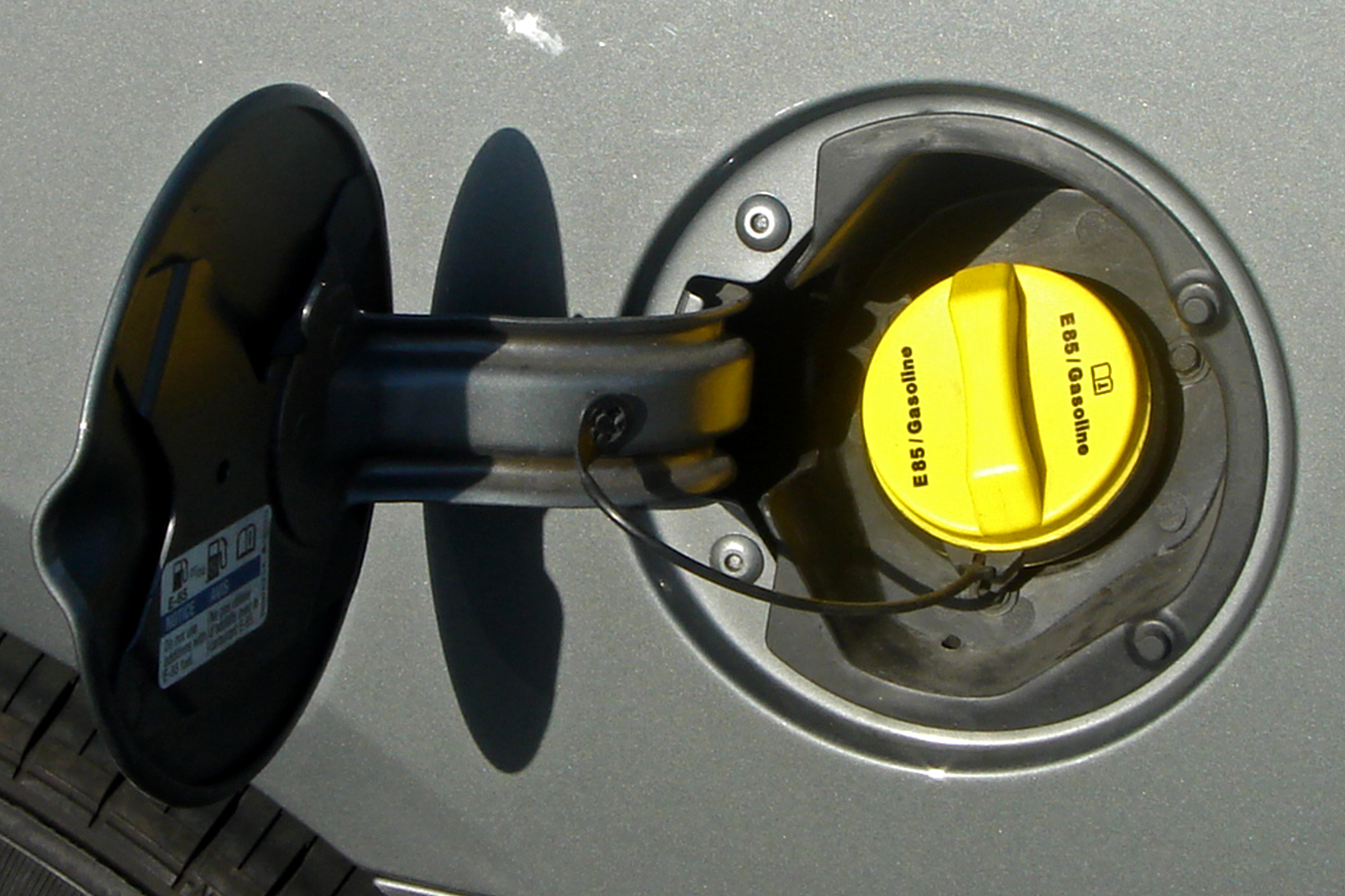Contents
– The origin of gasoline odours
– Step 1: Apply basic security rules
– Step 2: Identify possible external leaks
– Step 3: Check the components in the engine compartment
– Step 4: Inspect the passenger compartment
– Step 5: Check the fuel vapour recirculation system
– Step 6: Detect a possible motor malfunction
If your car reeks of gasoline, don’t be slow to react to find out where it came from. The flammability and volatility of this fuel on contact with a spark can be dramatic.
Good to know: Take it seriously, but don’t panic. Because gasoline has a strong odour, it may merely be oozing, which is much less of a concern.
The key is to take the necessary safety precautions, identify the gasoline odour source, and make the appropriate repairs. For information, a leaky tank is sanctioned by a refusal at the technical inspection!
Follow step by step how to act when a car smells of petrol.
The origin of petrol odours

Different possible causes
The causes of the emanations are numerous. They are mainly due to :
– a deterioration of the pipes by wear (corrosion, porous hoses, etc.);
– shocks under the vehicle, which have damaged the lines and the tank;
– friction that wears down to the point of piercing these same components;
– connections (clamped or snap-on) that are incorrectly positioned or damaged;
– a loose or damaged fuel filter;
– the saturated gasoline vapour treatment system (canister).
Pressure-amplified leaks in the fuel injection system
The pressure causes leaks in the fuel injection system.
– For indirect injection
◦ The injectors are positioned in the intake ducts, just before the intake valves. Fuel injection is done before the combustion chambers.
◦ Indirect injection generates a pressure of 2.5 to 4 bar in the supply circuit (from the tank to the injectors).
– For direct injection
– The injectors open directly into the combustion chambers. The injection of gasoline is done in these.
– Direct injection has a pressure of 2 to 5 bar in the supply circuit, from the tank to the HP (high pressure) pump, and a variable pressure of 50 to 140 bar in the HP circuit, from the HP pump to the injectors.
Applying basic safety rules
Adapt your behaviour according to the situation.
– Case 1: You are driving.
◦ Stop as soon as possible and turn off the engine.
◦ Get everyone out.
– Case 2: Your vehicle is in the garage or basement.
◦ If the smell of gasoline is strong, in a confined space, a sign of strong and potentially explosive fumes, remember to discharge static electricity: away from the vehicle and outside, touch a metal object connected to the ground (fence, post, etc.).
◦ Do not start your car.
◦ Do not turn on the light.
◦ Ventilate the premises.
Necessary: Avoid smoking or producing a spark or flame (lighter, cigarette, cell phone, etc.) near the vehicle.
You must now proceed methodically to detect the leak and repair it.
Identify possible exterior leaks.
Visually inspect the exterior of the car
To perform this inspection, visually monitor the entire feed system.
– If necessary, partially lift the car with a jack and secure it with a candle.
– First check for fuel leaks under the vehicle.
Good to know: if you locate fuel, you will save time in isolating the leak.
– Check the underside of the tank at the back of the car, looking for a leak or just oozing.
Follow the hoses’ path under the vehicle to the engine’s underside and look for cracks, cuts, etc…
Good to know: target the fill hose, the feed hose run and the return.
Repair detected leaks
– Replace defective hoses or pipes.
◦ Use hydrocarbon resistant hose.
◦ In the case of quick connectors, keep the original configuration and order the dealer’s corresponding part.
Good to know: Another solution is to remove the quick connectors. Replace them with conventional hoses and hose clamps.
– In case of a tank leak, consider replacing the tank.
This post will now continue in part 2 in our next publication during this week itself. Stay posted, and remember to leave your comments below.



One thought on “My Car Smells Like Gasoline, What Can I Do (Part 1)”